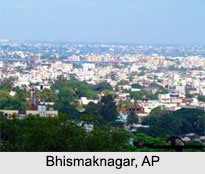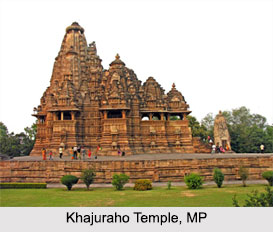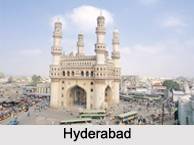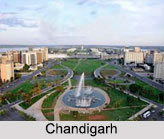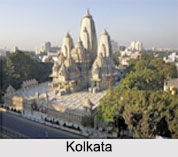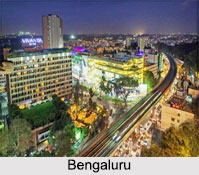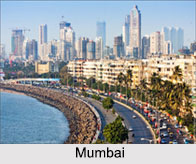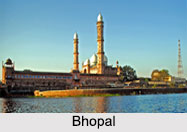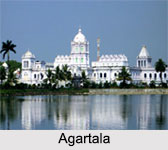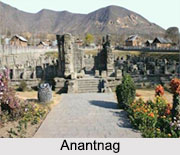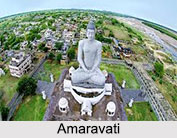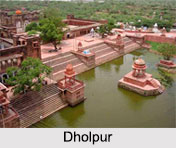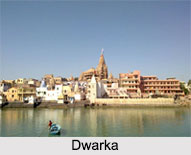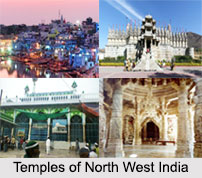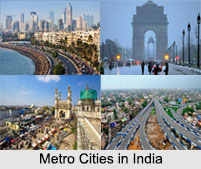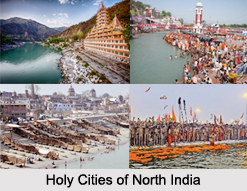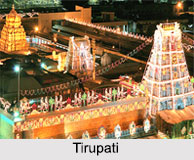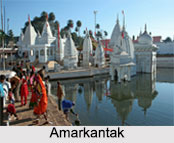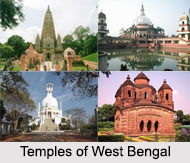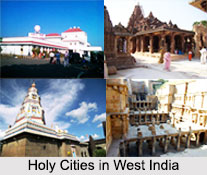Jogindarnagar is a small settlement in the Mandi district of the northern Indian state of Himachal Pradesh. This place was previously called the Sukrahatti village which was an ideal excursion and trekking site. Later the village was renamed after Raja Joginder Sen of Mandi when he constructed a hydel power scheme here. Jogindarnagar is in the north of Shimla at a distance of 200 km. The nearest access points are the airport at Kangra and the Jogindar Nagar Railway Station, which is a terminus point of the rail line from Pathankot. The NH 20 passes through Jogindarnagar, which connects the town with other important towns of Kangra, Pathankot and Mandi. Geographically, the town is located between 31.98° North latitude and 76.77° East longitude at a height of 1220 metres (4000 feet) above mean sea level.
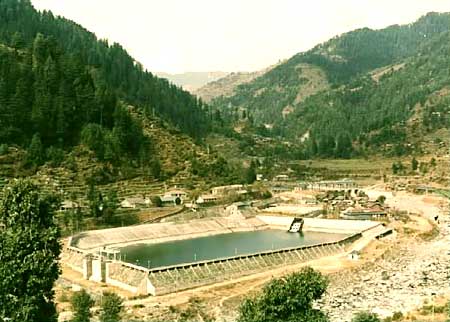 In 1932 the first hydroelectric project was constructed in Jogindarnagar. It is the only city in Asia which has three power houses, Shanan Power House (110M W) Bassi Power House (60 M W)and the Uhl Stage III (100 MW). Some of the highest peaks in Jogindarnagar are Biling peak (9510 feet) Winch peak (8820 feet), Jhatingari (6725 feet) Siqander Dhar (6010 feet) Banderi (5225 feet).
In 1932 the first hydroelectric project was constructed in Jogindarnagar. It is the only city in Asia which has three power houses, Shanan Power House (110M W) Bassi Power House (60 M W)and the Uhl Stage III (100 MW). Some of the highest peaks in Jogindarnagar are Biling peak (9510 feet) Winch peak (8820 feet), Jhatingari (6725 feet) Siqander Dhar (6010 feet) Banderi (5225 feet).
According to the Indian census report which came out in 2001 staes that Jogindarnagar had a small population of 5046. Males constitute 53% of the population and females account for 47% of the population. In Jogindarnagar, 10% of the population is less than six years of age. Jogindarnagar has an average literacy rate of 79% which is higher than the national average literacy rate 59.5%. To be specific, the male literacy rate is 84% and the female literacy rate is 74%.
Situated on the lap of the Himalayas, Jogindarnagar is an ideal tourist destination. Places of prime attractions in the vicinity include the Baba Balakrupi Temple,Machcciyal Lake at a distance of 6 km. Bassi powerhouse, Banar Baba Temple, Brajeshwari Temple, Baijnath Temple, Chaturbhuja Temple and the Lakshminarayana Temple. Bir, Billing, Jhatingri, Barot and Chauntra are beautiful towns surrounding Jogindarnagar.
